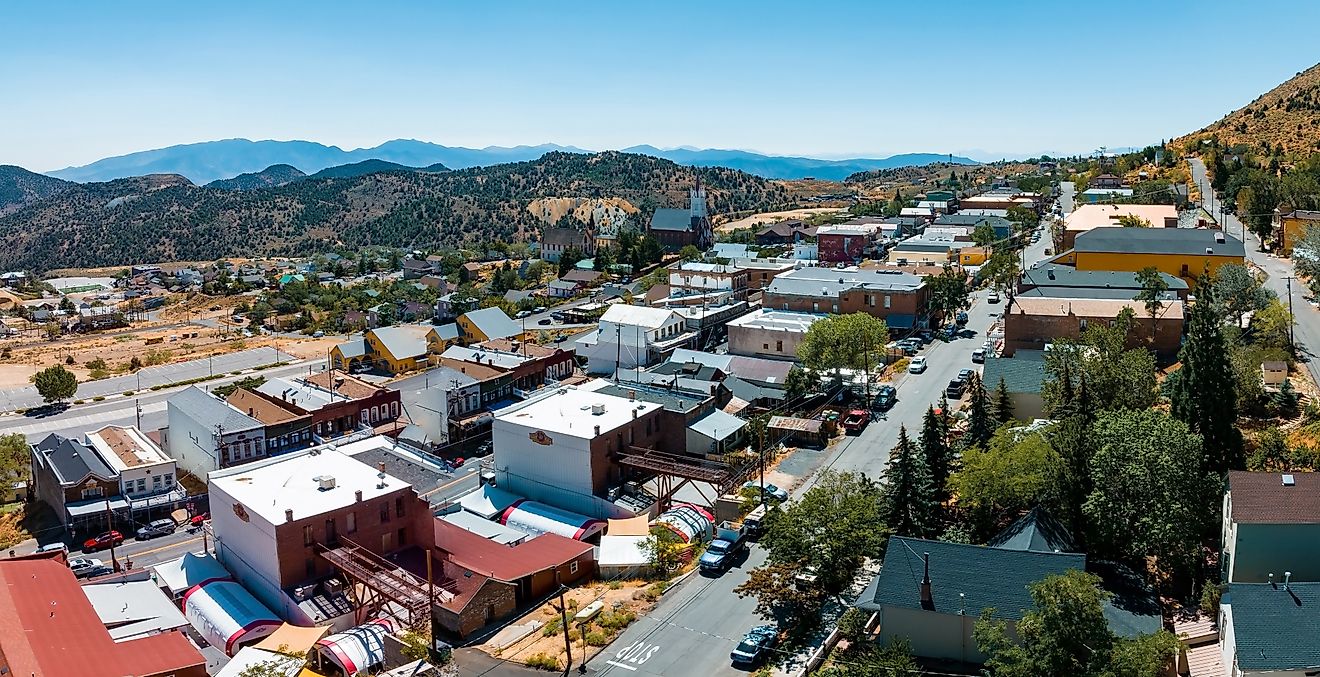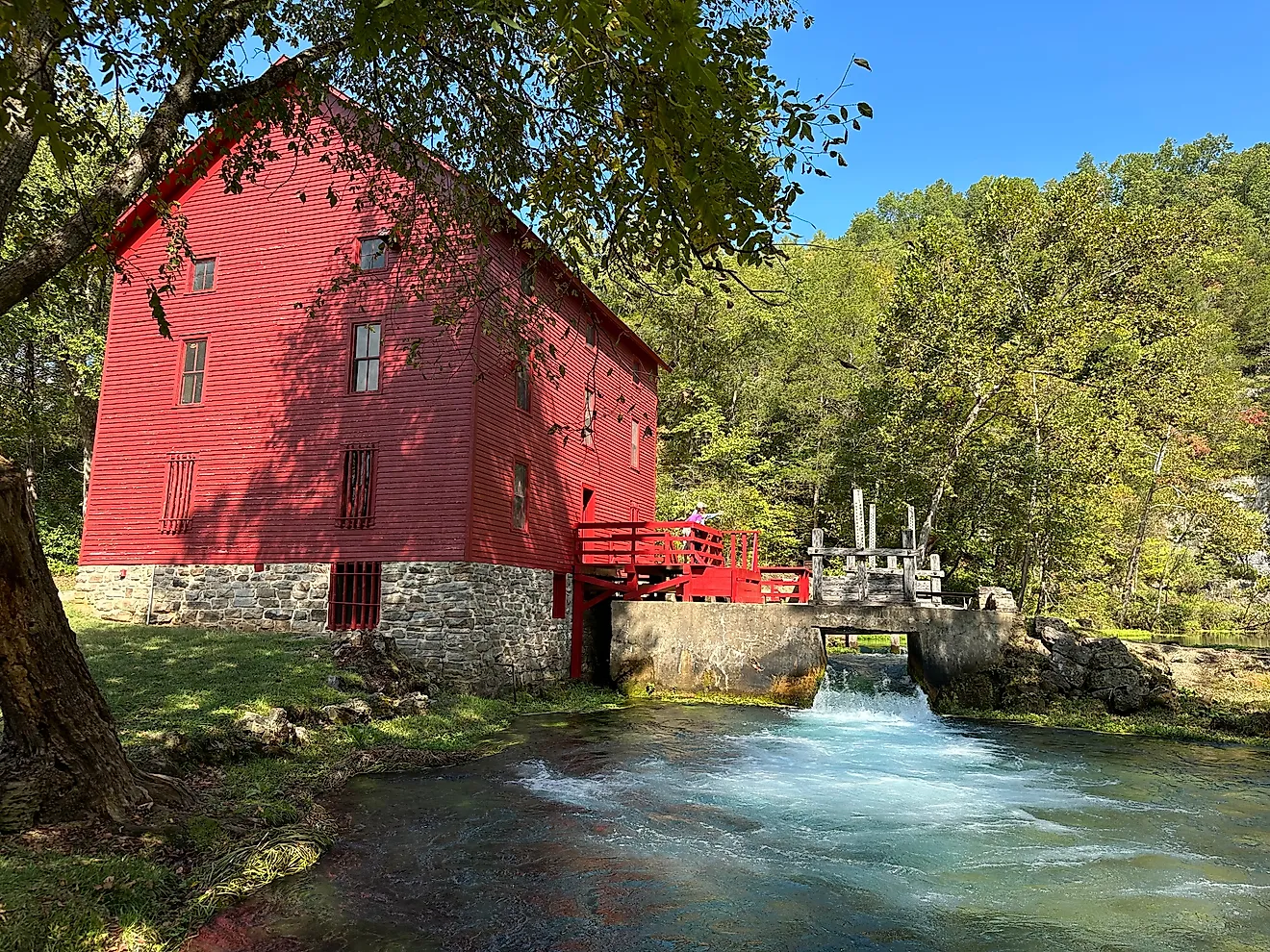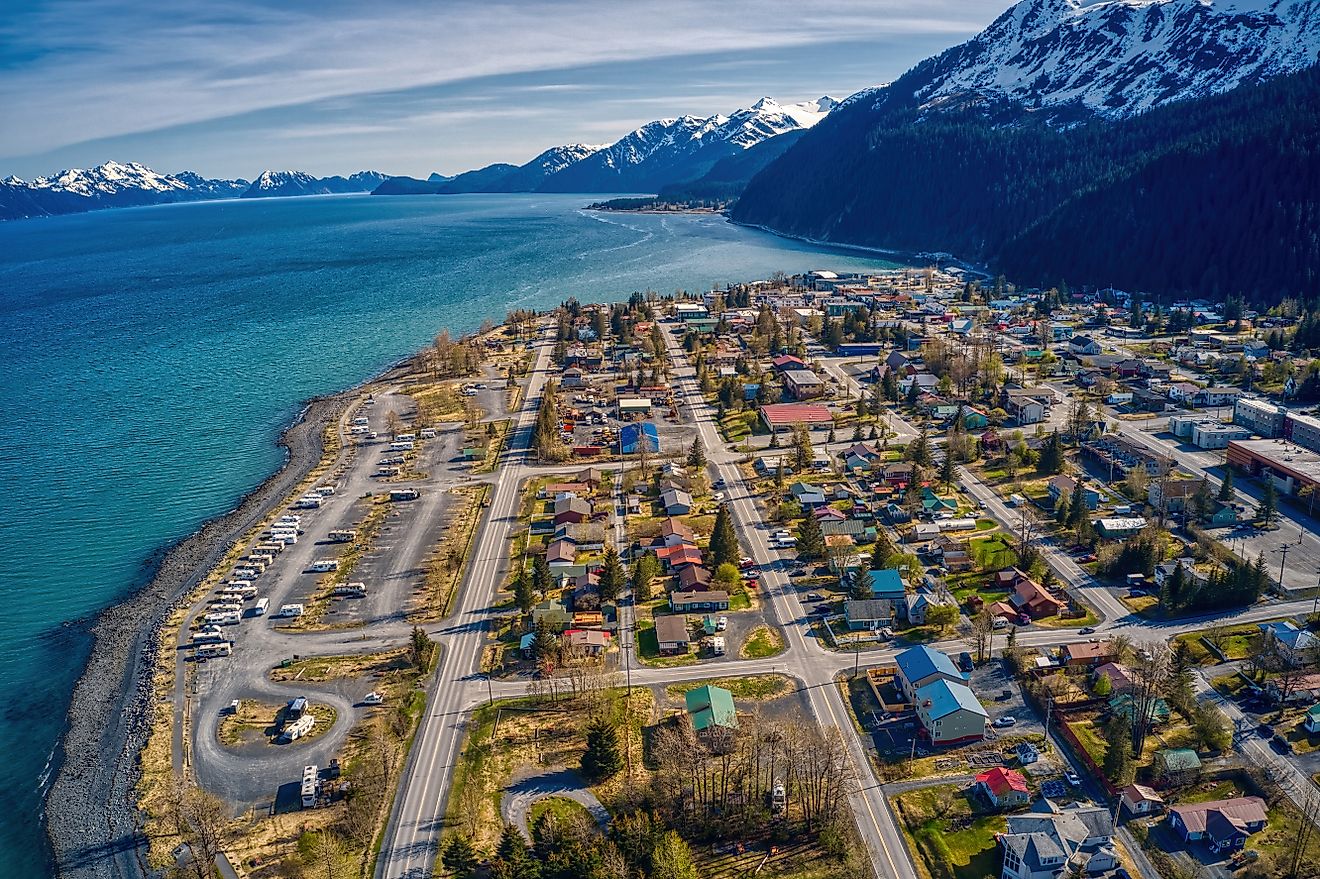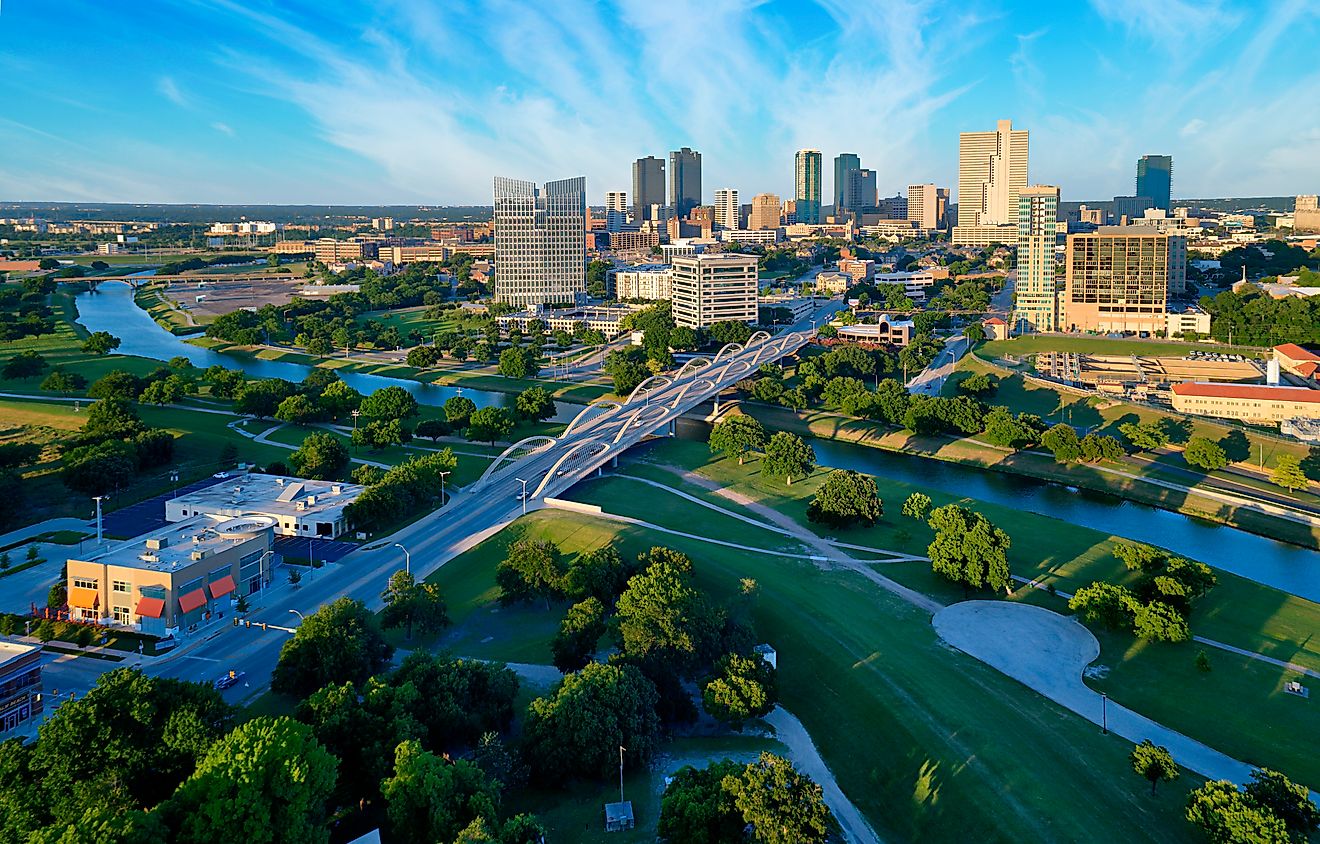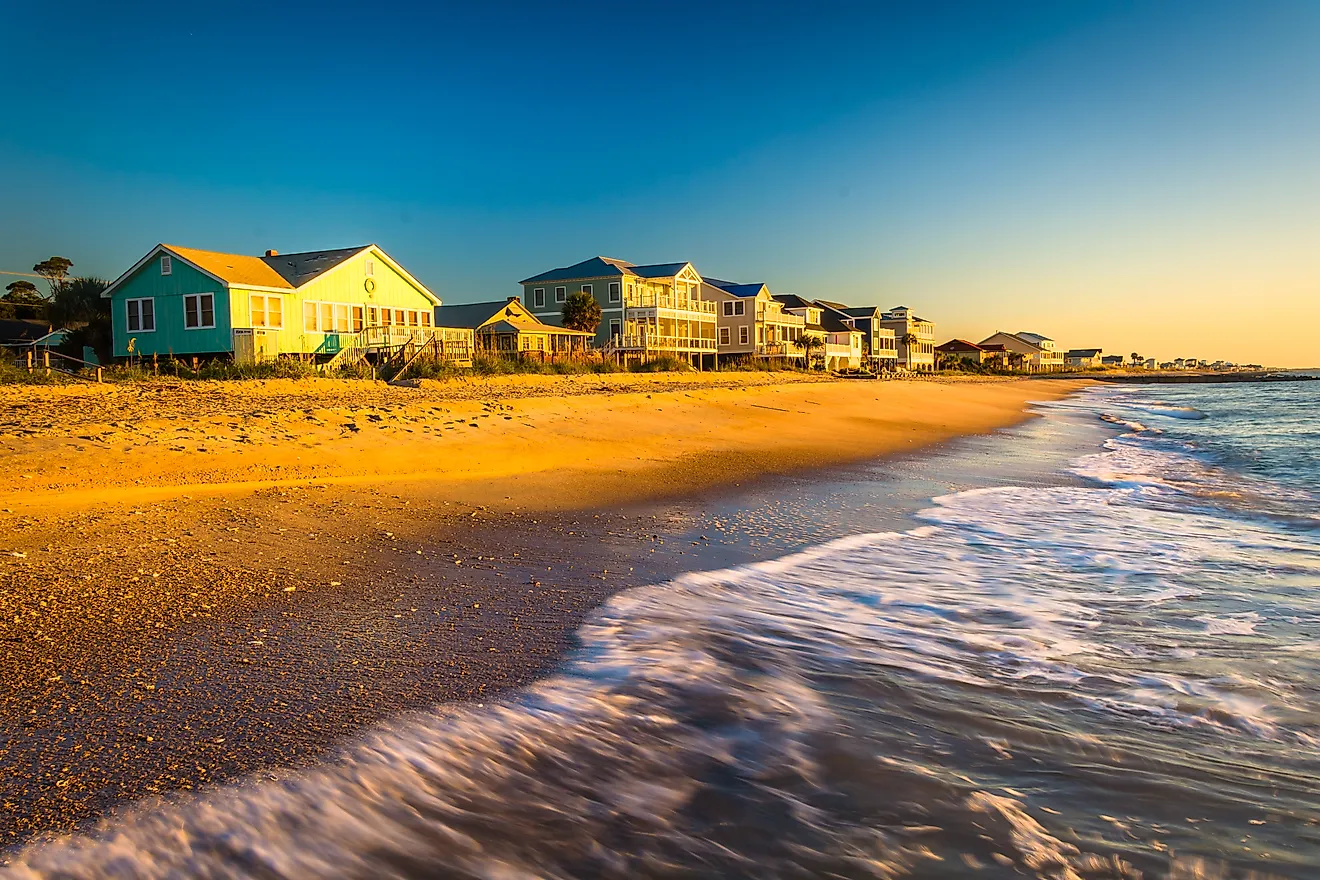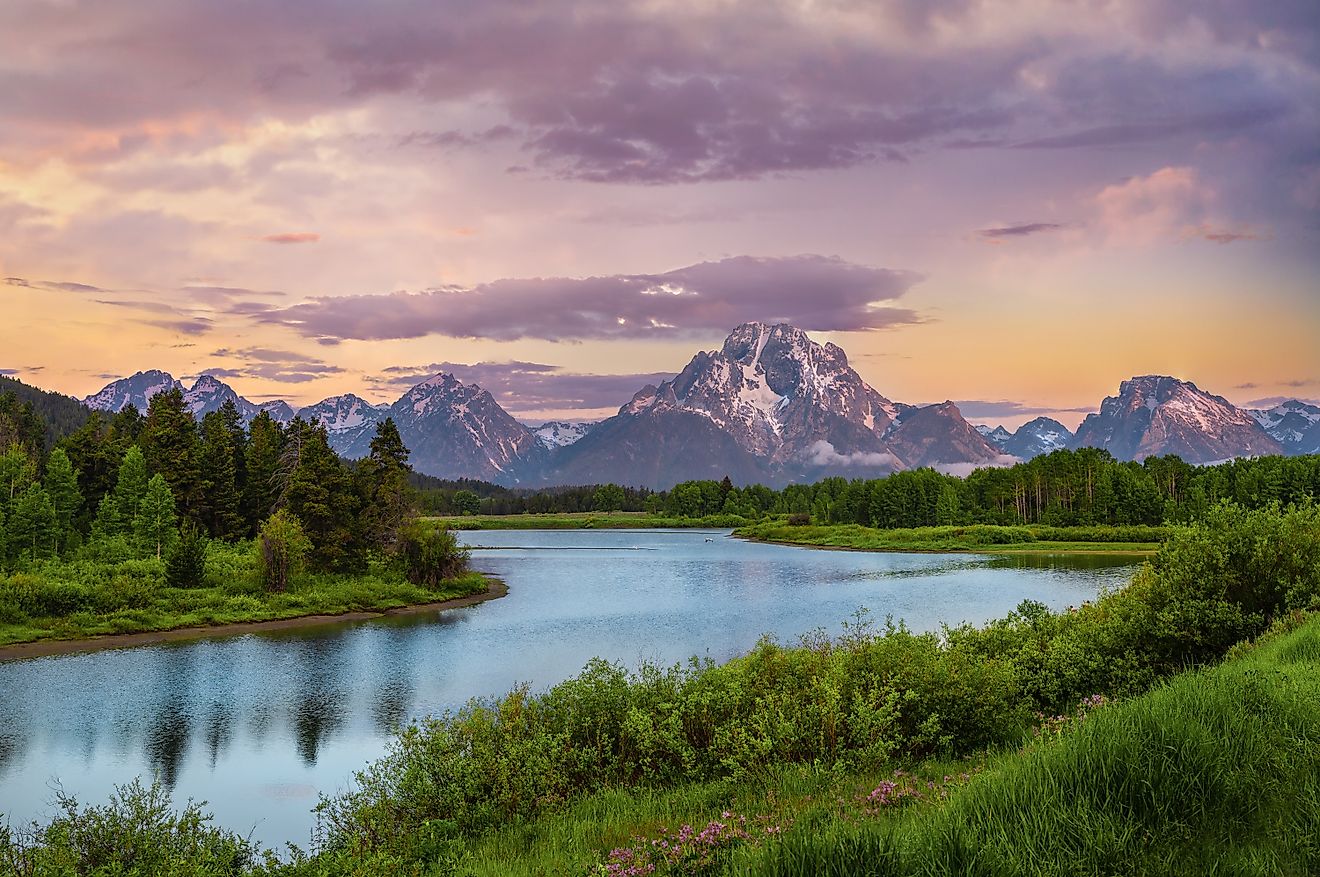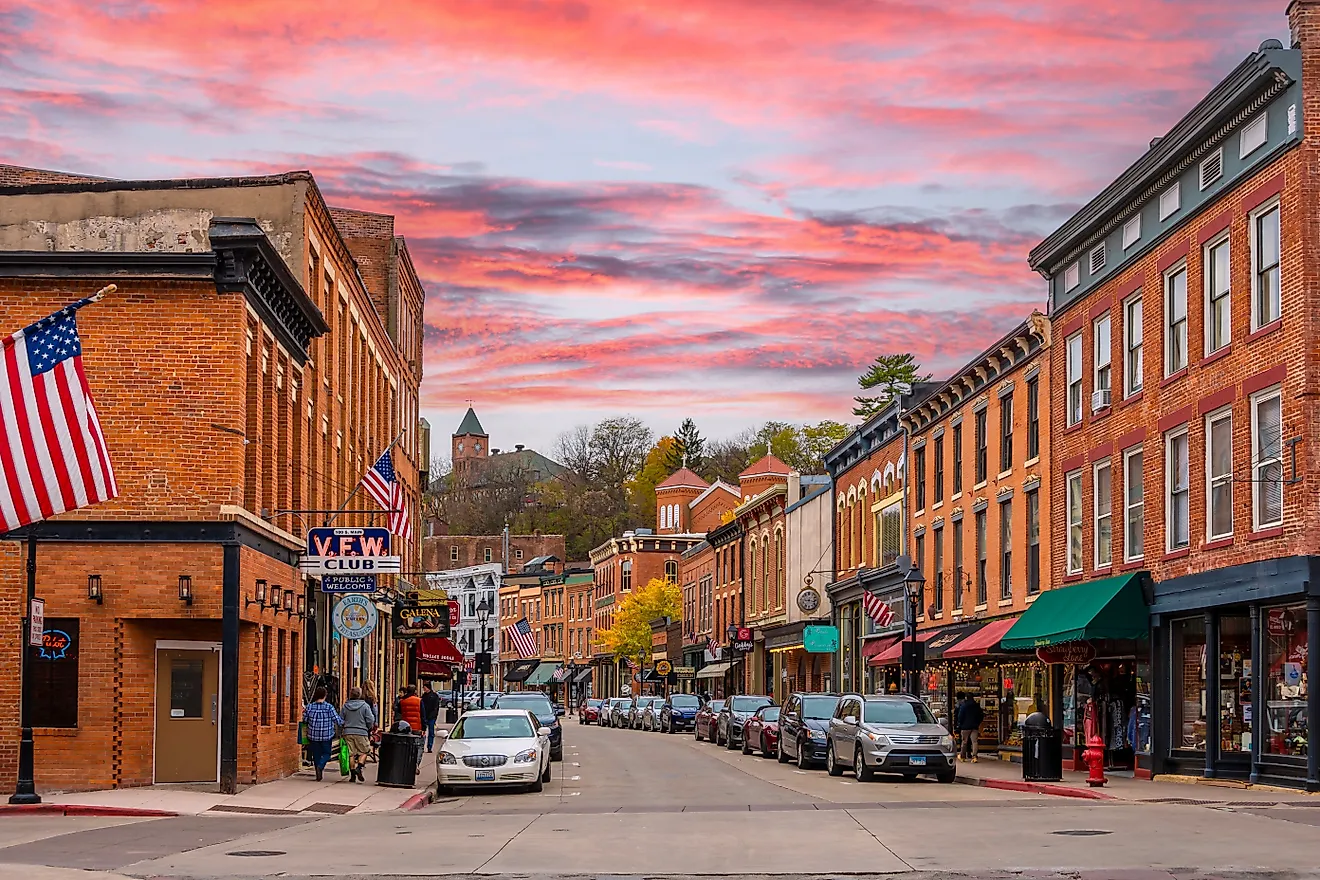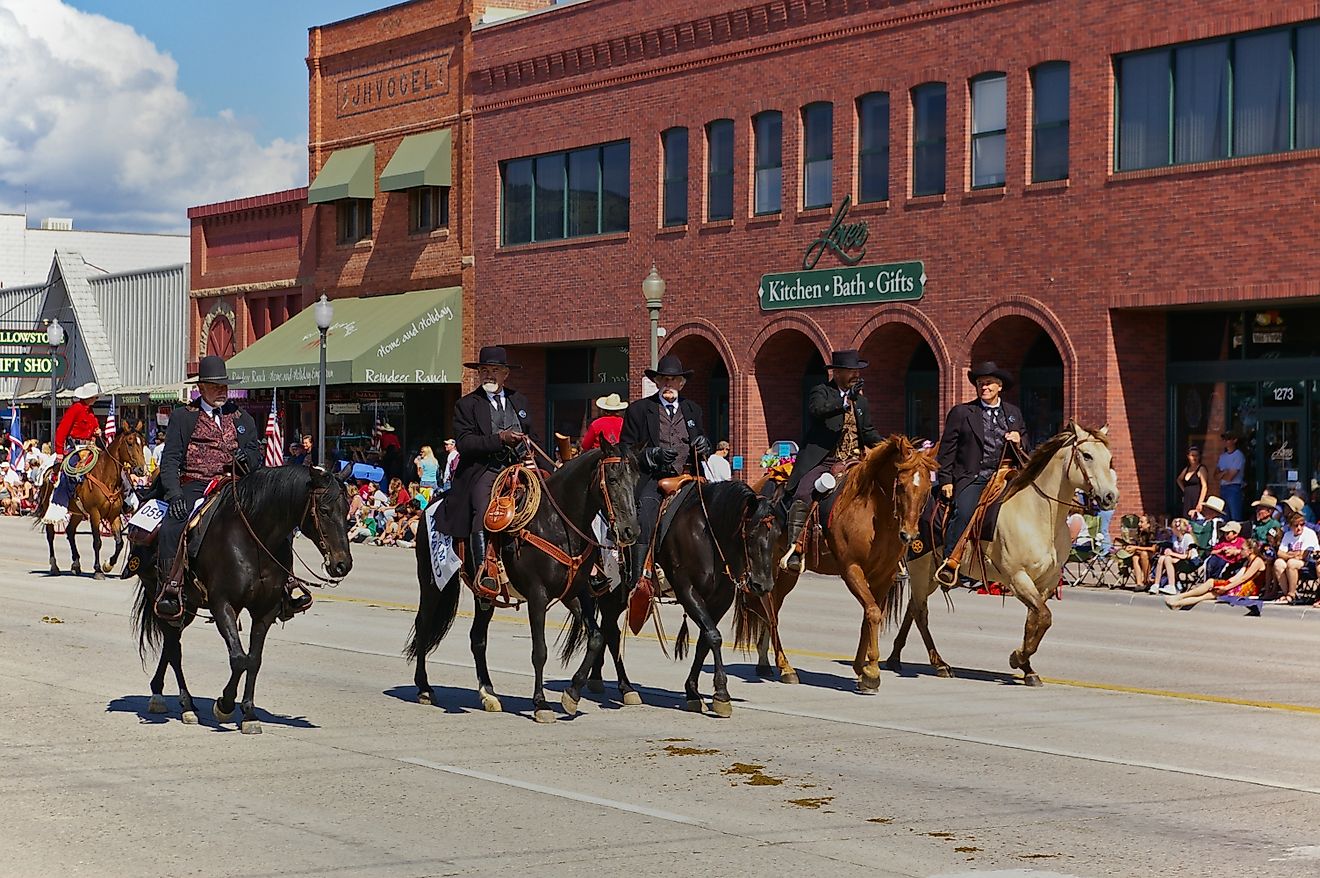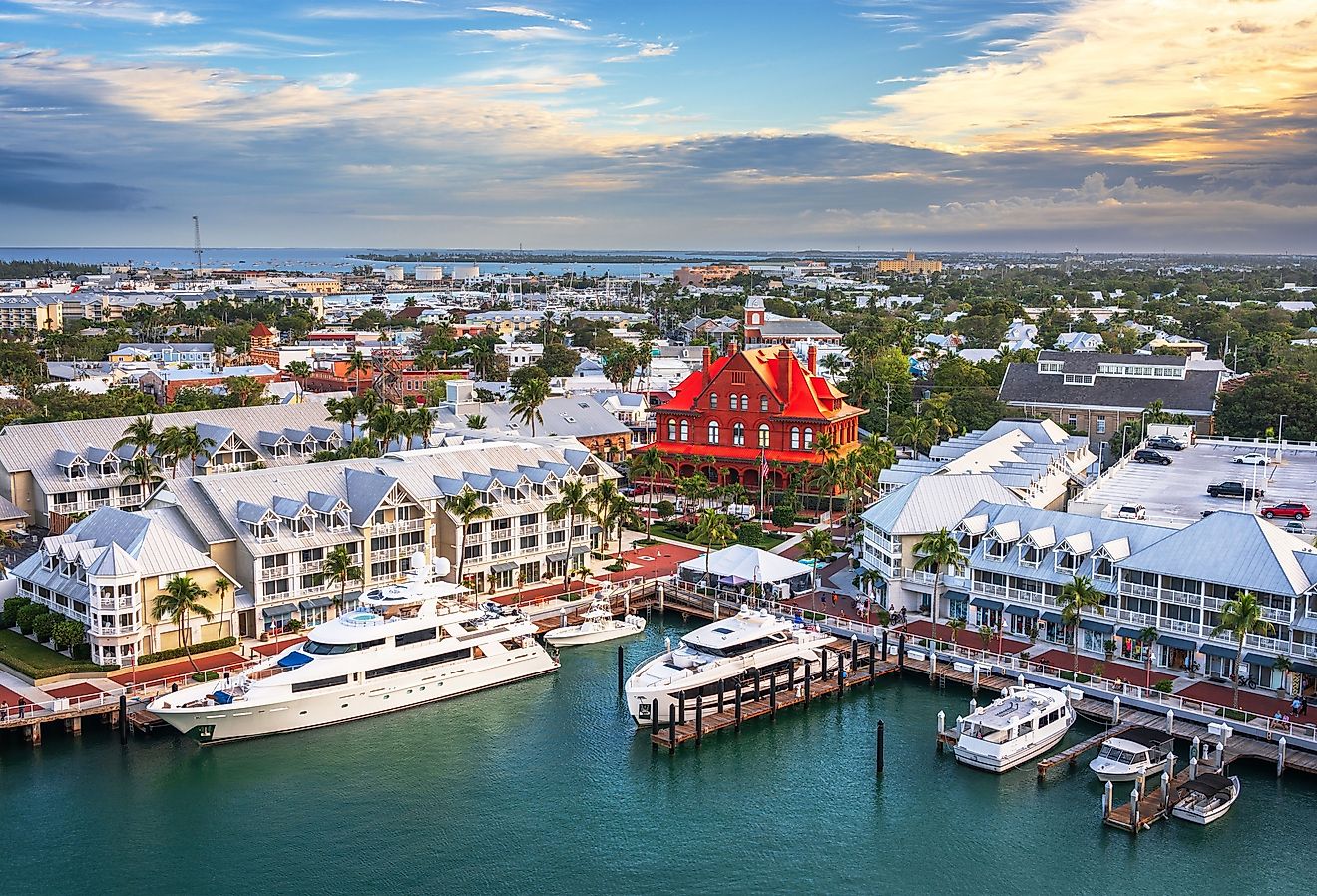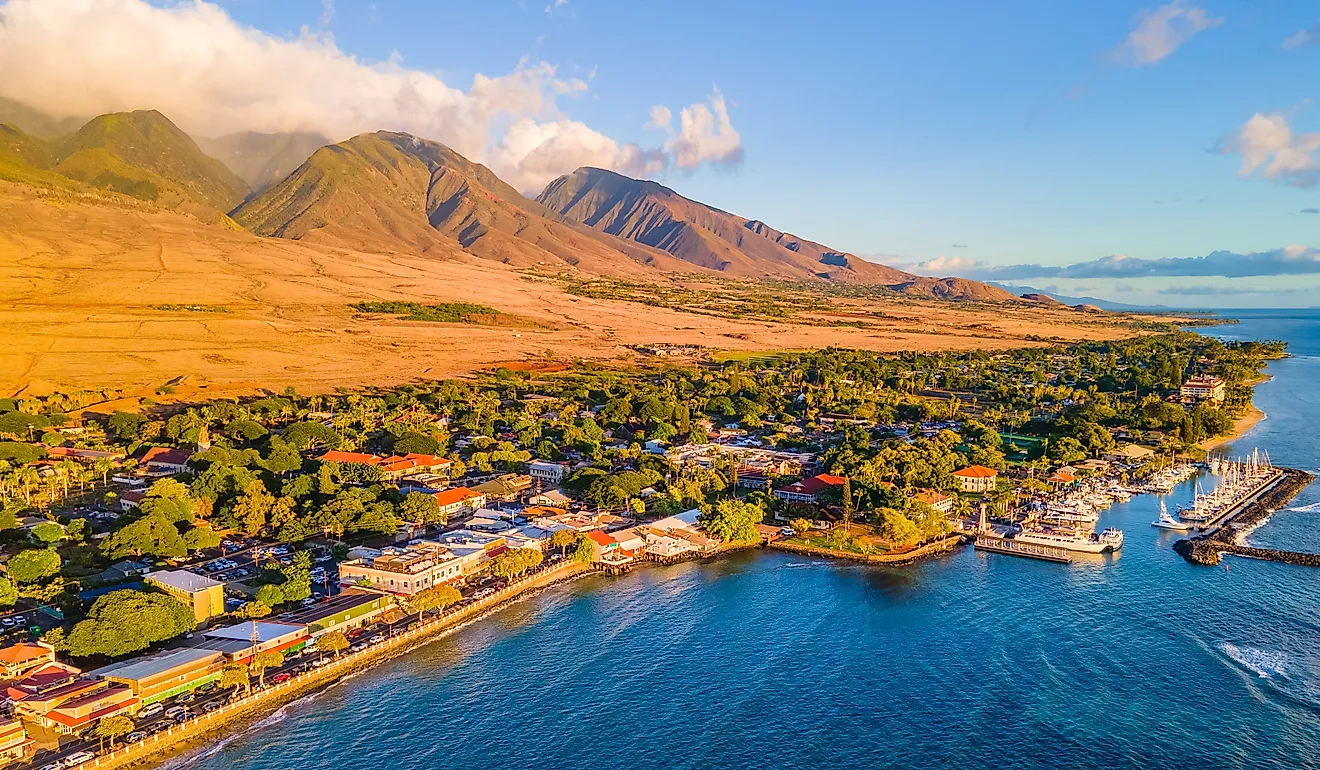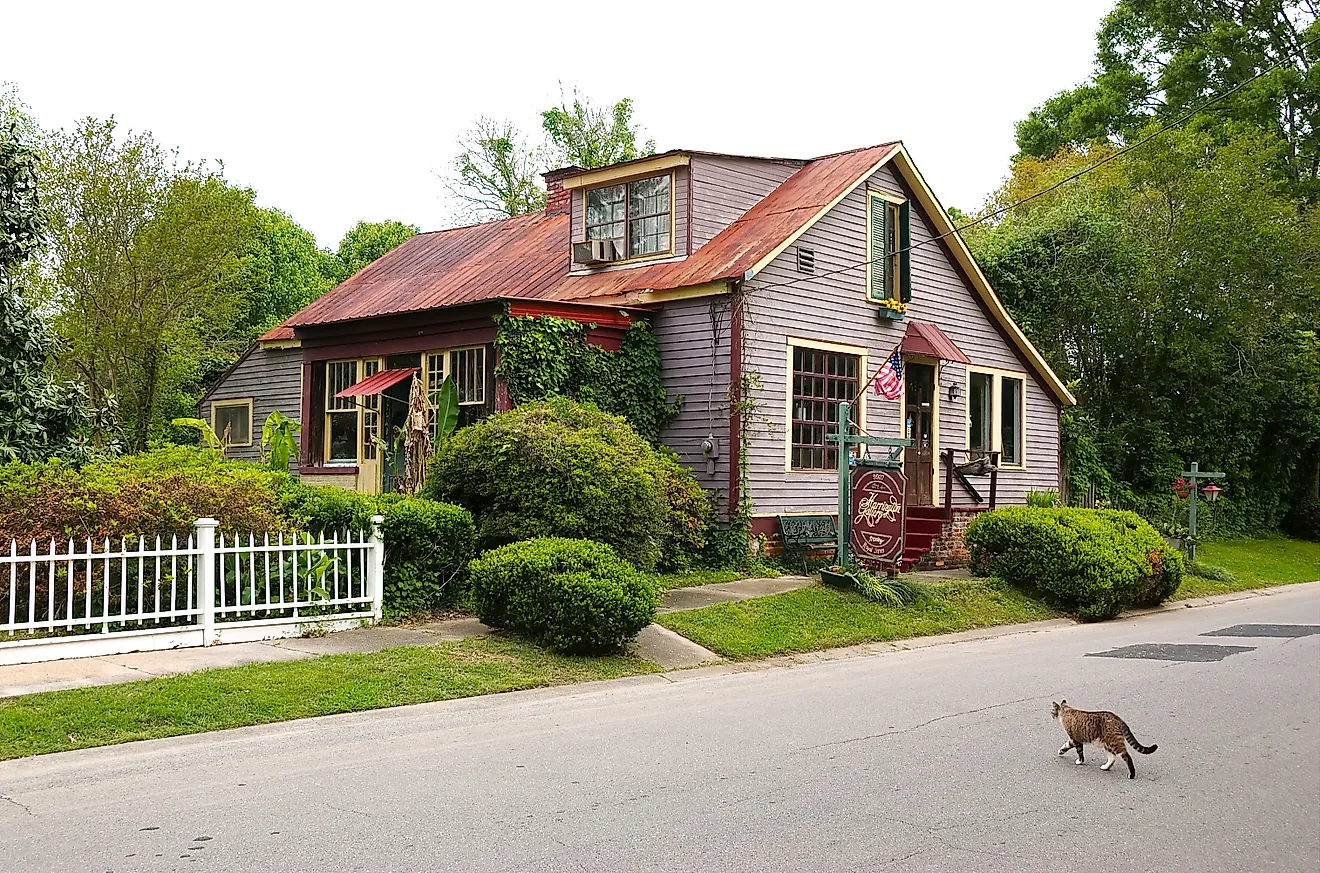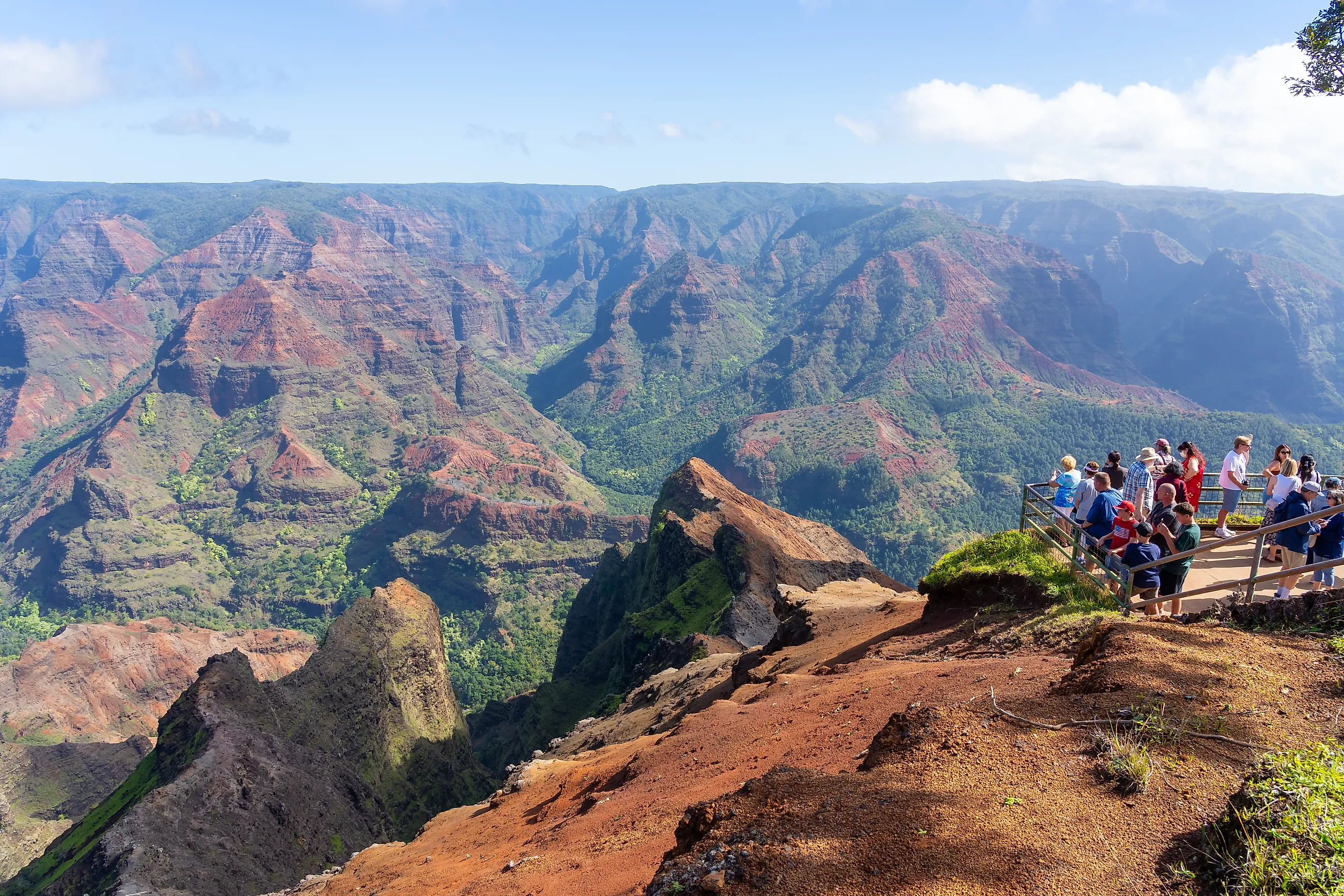
5 Best Natural Wonders To Visit In Hawaii This Year
Hawaii is a land born of fire and shaped by the restless Pacific, where nature displays its raw power and unmatched beauty. From glowing volcanoes and cascading waterfalls to emerald valleys and vibrant coral reefs, the islands reveal dramatic and serene landscapes. Each wonder tells its own story—whether it is the fiery summit of Kīlauea, the towering cliffs of Nā Pali, or the hidden depths of Hanauma Bay. Here are five of the most awe-inspiring natural wonders to visit in Hawaiʻi this year.
Waimea Canyon
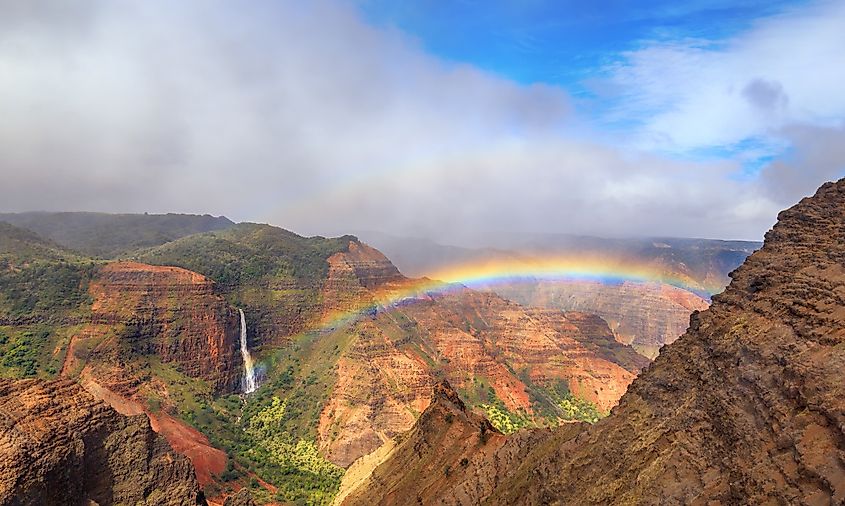
Waimea Canyon, often called the “Grand Canyon of the Pacific,” is one of Kauai’s most striking natural wonders. Stretching 14 miles long, a mile wide, and plunging more than 3,600 feet, the canyon reveals a colorful landscape of deep red and brown cliffs mixed with lush greenery and waterfalls. Formed over centuries by the Waimea River and erosion, it offers sweeping vistas, dramatic rock formations, and an array of trails for hikers seeking unforgettable views. “Waimea,” meaning “reddish water,” reflects the iron-rich soil that gives the canyon its distinctive hues.
Beyond its scenery, Waimea Canyon has cultural and historical significance. Captain James Cook first landed in Waimea in 1778, marking this region as a pivotal site in Hawaiian history. Surrounding the canyon is Kōkeʻe State Park, with towering Norfolk pines, koa forests, and native wildlife thriving. Visitors can also explore state-operated cabins, enjoy trails by permit, and find maps at the Kōkeʻe Natural History Museum. The best time to visit is April to October, when drier conditions ensure clear, vibrant views.
Haleakalā National Park
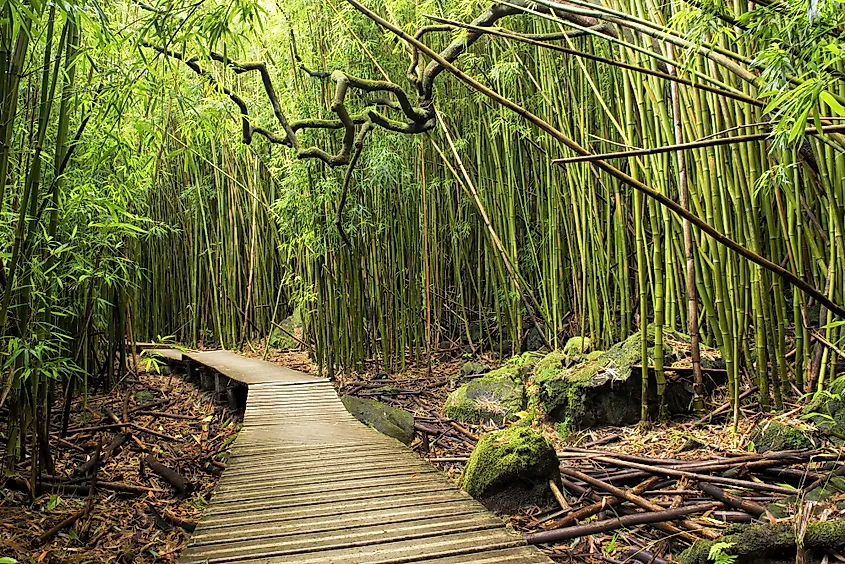
Haleakalā National Park rises more than 10,000 feet above sea level, dominating the island of Maui with its massive dormant volcano. Meaning “house of the sun” in Hawaiian, Haleakalā is tied to the legend of the demigod Maui, who slowed the sun’s journey across the sky from its summit. Today, visitors flock to the Haleakalā Visitor Center to witness a sunrise, where shifting colors wash across a sea of clouds. Sunsets and star-filled nights are just as remarkable, though reservations are now required to park at the summit for sunrise.
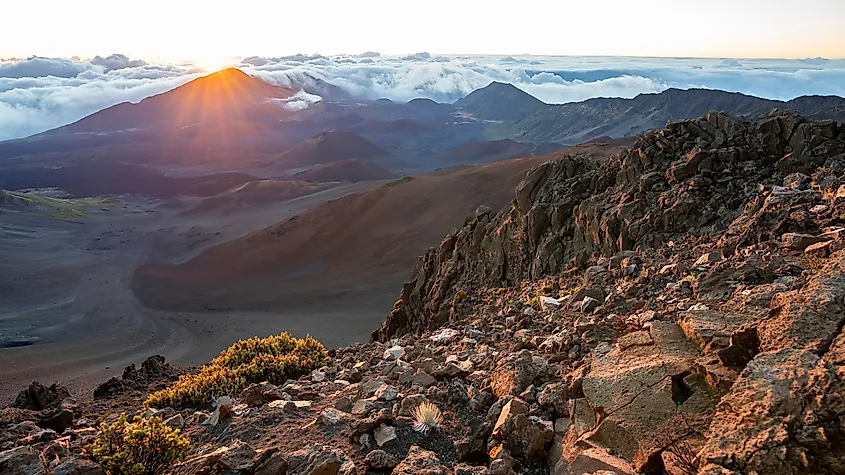
Covering more than 30,000 acres, the park showcases striking contrasts—from barren, otherworldly landscapes near the crater to lush waterfalls and streams in the Kīpahulu District by Hāna. Trails, guided hikes, and horseback rides reveal rare wildlife, including the ʻāhinahina and nēnē. Camping options also invite deeper exploration. For the clearest views, aim for mornings between late spring and early fall, when skies are typically at their brightest.
Akaka Falls State Park
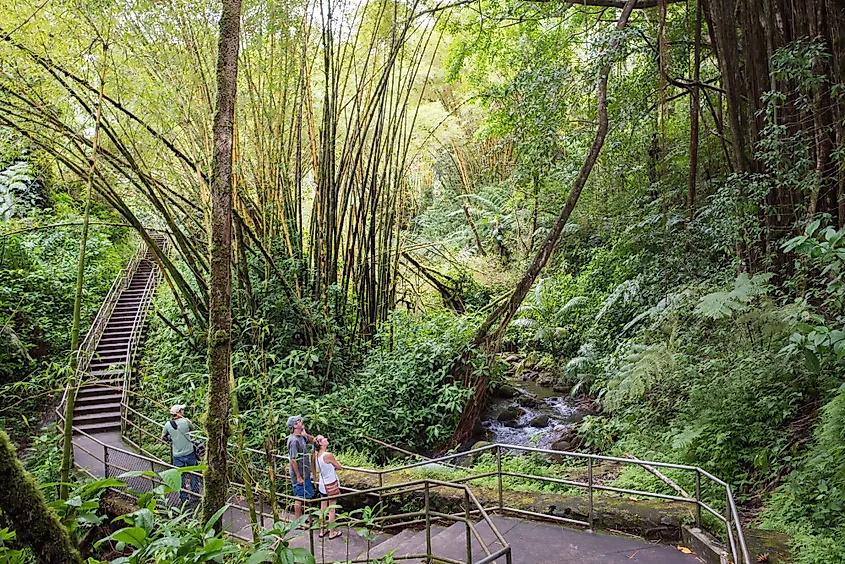
ʻAkaka Falls State Park, located about 11 miles north of Hilo on Hawaiʻi Island, is home to one of the most spectacular waterfalls in the state. Dropping 442 feet into a lush gorge carved by Kolekole Stream, ʻAkaka Falls is the park’s centerpiece and can be admired from multiple viewpoints along a loop trail. The path also leads to Kahūnā Falls, which plunges 300 feet and has several smaller cascades tucked within the rainforest. The park is named after Chief ʻAkaka-o-ka-nīʻau-oiʻo-i-ka-wao, a descendant of Kūlanikapele and Kīakalohia, whose legacy ties this remarkable place to Hawaiian history.
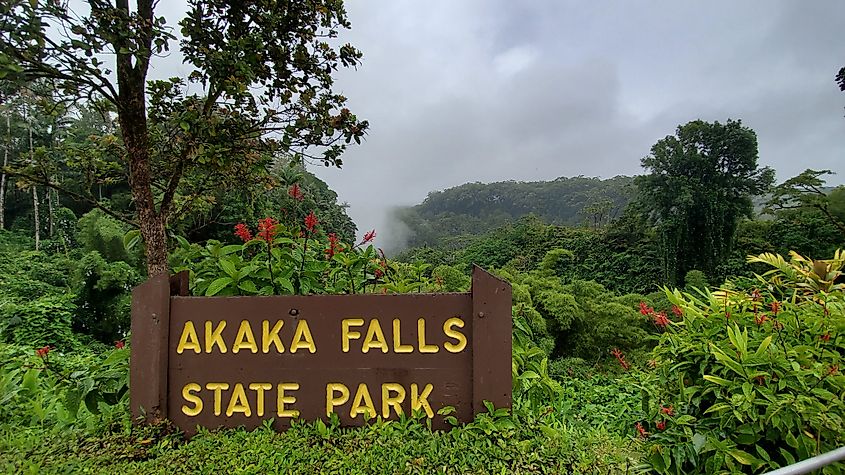
The surrounding area brims with cultural stories and natural wonders. A stone known as Pōhaku a Pele is said to summon rain when struck with a lehua ʻāpane branch, reflecting the deep connection between land and lore. The stream itself supports fascinating native species, including the ʻoʻopu ʻalamoʻo, a goby fish that uses a suction disk to climb the falls during its life cycle, and the ʻōpaekalaʻole shrimp, which has also adapted to scale the rushing waters. The best time to visit is in the morning from April through October, when skies are often clearer and the trails less crowded.
Nā Pali Coast State Park
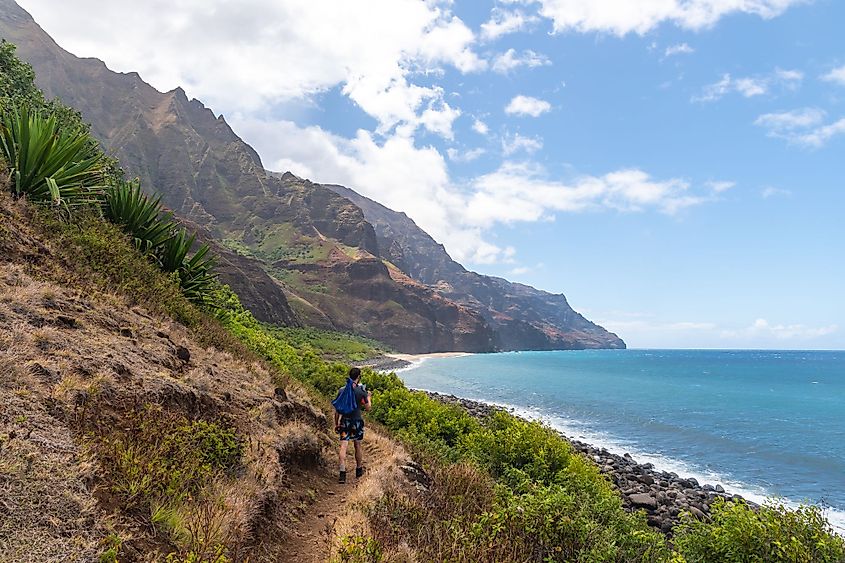
Nā Pali Coast State Park on Kauaʻi’s northwest shore protects 6,175 acres of dramatic wilderness where sheer cliffs soar up to 4,000 feet above the Pacific. Stretching 16 miles from Keʻe Beach to Polihale State Park, the coastline is one of Hawaii’s most striking natural wonders. The only land route, the Kalalau Trail, winds 11 miles through five major valleys before reaching Kalalau Beach, with side paths leading to waterfalls and hidden groves. Though inaccessible by road, visitors can admire this rugged coast by helicopter, kayak, paddleboard, or boat tours departing from Port Allen and Hanalei Bay.
The region has long been tied to Hawaiian history. Over five million years, water has carved deep valleys, shaping it. Polynesian navigators settled here around 1200 AD, followed by Tahitian migrants who influenced Kauaʻi’s culture. Later, contact with Westerners brought disease that decimated local tribes. Today, camping is allowed with a permit at Kalalau, Hanakoa, and Miloliʻi, with facilities like composting toilets available to hikers and boaters alike. The best time to visit is summer, when calmer seas make ocean access safer.
Thurston Lava Tube
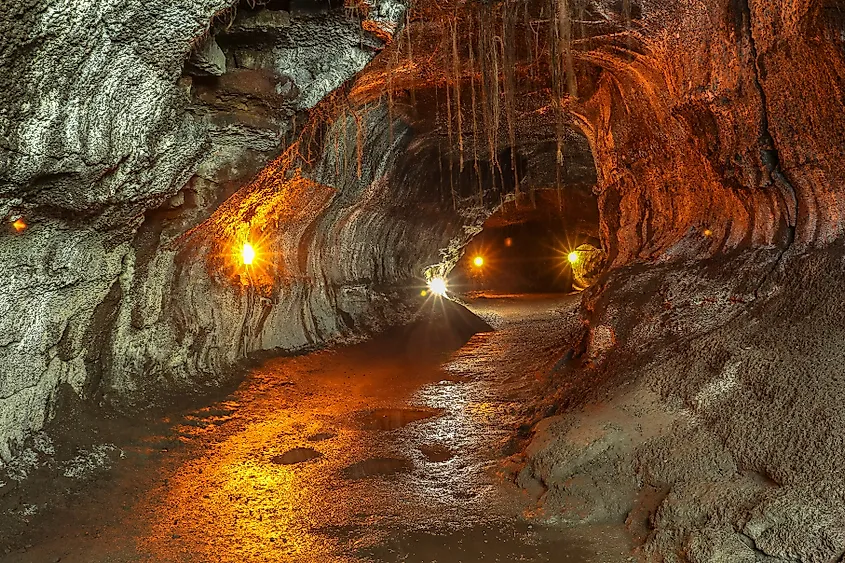
Nāhuku, formerly known as Thurston Lava Tube, is one of the most fascinating features within Hawaiʻi Volcanoes National Park. Formed when molten lava carved a tunnel and later cooled, it now stands as an empty cavern surrounded by native rainforest. Once adorned with hundreds of lava drippings, many were lost to early visitors after its 1912 discovery by USGS surveyors and later promotion by politician Lorrin A. Thurston. Today, visitors are asked not to touch the walls or exposed roots to help preserve what remains.
The lava tube is reached by a short walk, with alternate parking available at Kīlauea Iki Overlook about half a mile away. It is lit daily from 8 a.m. to 8 p.m., but it can also be explored with a flashlight outside those hours. The trail doubles as a birdwatching spot, with lush greenery adding to the experience. The best time to visit is early or late afternoon for cooler temperatures and fewer crowds.
Hawaii’s natural wonders reveal a world of striking contrasts, from towering cliffs and fiery volcanic landscapes to lush waterfalls and serene rainforests. Each destination offers breathtaking scenery and a glimpse into the islands’ cultural history and ecological richness. Whether standing on the rim of Waimea Canyon, watching the sun rise over Haleakalā, or hiking the Nā Pali Coast, these landscapes capture the islands' spirit. Plan wisely, and Hawaii’s wonders will leave a lasting impression.
